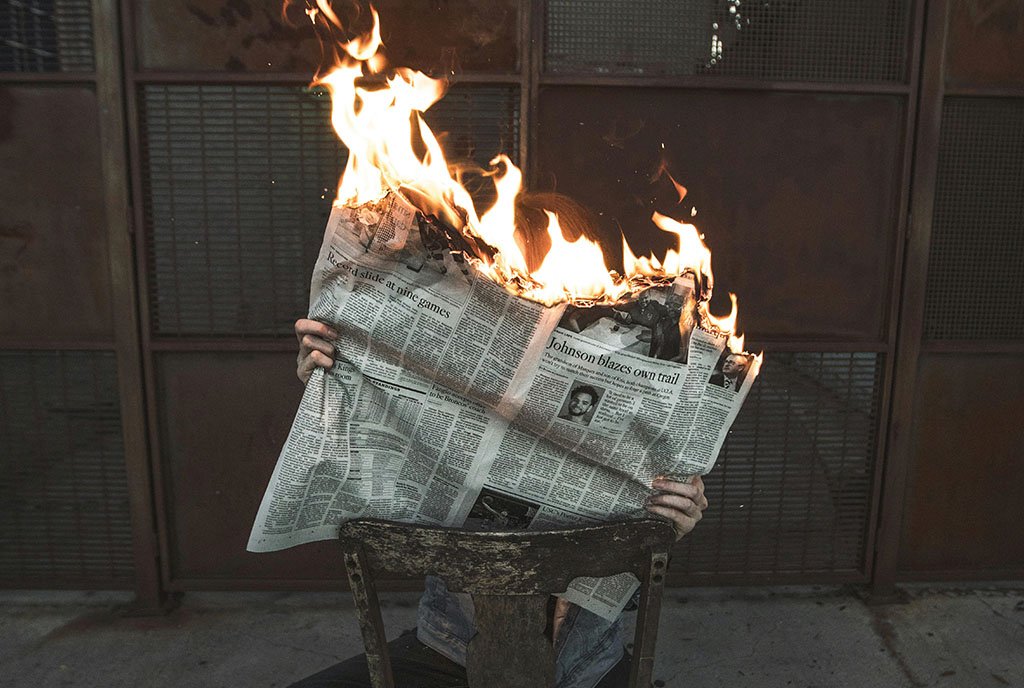
Chief Executive Officer Mike Linnington announced that the Wounded Warrior Project (WWP) lost between $90 million and $100 million, representing 25 percent of donations, since all the scandal about the organization started rolling out in January. This news included allegations of massive waste and an unhealthy organizational culture that underwrote it and this evidently suggested to some donors that their money was not respected by the organization. Over time the board underwent an internal investigation, terminated its two highest executives, and found itself under investigation by a congressional committee.
NPQ covered the developments in this story through these past months of media and congressional scrutiny as well as WWP’s questionable behavior long before. While the organization’s board was still in denial mode, donors began to express their disappointment, with some declaring that they would not give themselves and that they would no longer organize others to give. It was inevitable that there would be some loss, but $100 million is a lot of donations. It would clearly take a big shift to recapture the trust of donors, and Linnington seems to be all about making radical moves to refocus and rebalance the organization.
Current cost-cutting measures include about 85 people (15 percent of the agency’s workforce) being laid off, including 50 percent of its executive staff, and the closing of nine satellite offices.
“We’re looking at everything. We are looking at real estate. We’re looking at service delivery. Where do we need to grow? Where do we need to skinny down?” Linnington said.
Sign up for our free newsletters
Subscribe to NPQ's newsletters to have our top stories delivered directly to your inbox.
By signing up, you agree to our privacy policy and terms of use, and to receive messages from NPQ and our partners.
It would appear that WWP has also cut back on its debilitating swagger and lack of transparency. Retired Army Lt. Gen. Michael S. Linnington, who served in both Iraq and Afghanistan, seems to lack the rampant vanity that ran WWP into the crosshairs of the New York Times, CBS and News4JAX. When the ego is removed, what is left for WWP is a fundamental focus on the veteran. When fundraising by any means is removed as the primary measure of success, transparency, accountability and integrity are restored, along with the wherewithal to very likely raise far more support than ever before thought possible.
News4Jax (WJXT-TV Channel 4), the local Jacksonville, Florida station where WWP is headquartered, asked Linnington if the media reports about WWP’s alleged lavish spending and “culture of intimidation and fear” were fair. Linnington’s straightforward reply was, “I’m not focused on that. I’m focused on the future.”
For Lennington, all healthy organizations need to periodically self-assess, be transparent and accountable, and make necessary changes. He described WWP as being healthy. He is optimistic, and it is clear that for Lennington, WWP’s future is not about him.
Americans are smart people. They’re very generous. They’re very forgiving and I do hope at the end of the day that they continue to give to Wounded Warrior Project and other nonprofits that can make a difference. The government cannot do this alone.
WWP plans to prioritize its mental health care programming for those suffering from post-traumatic stress and traumatic brain injury, increase its community engagement efforts where the veterans live in order to connect veterans with one another, and strengthen its programs that help veterans achieve financial independence. WWP also plans to network more with nonprofits, businesses, government agencies, and others that serve veterans and their families.—James Schaffer












